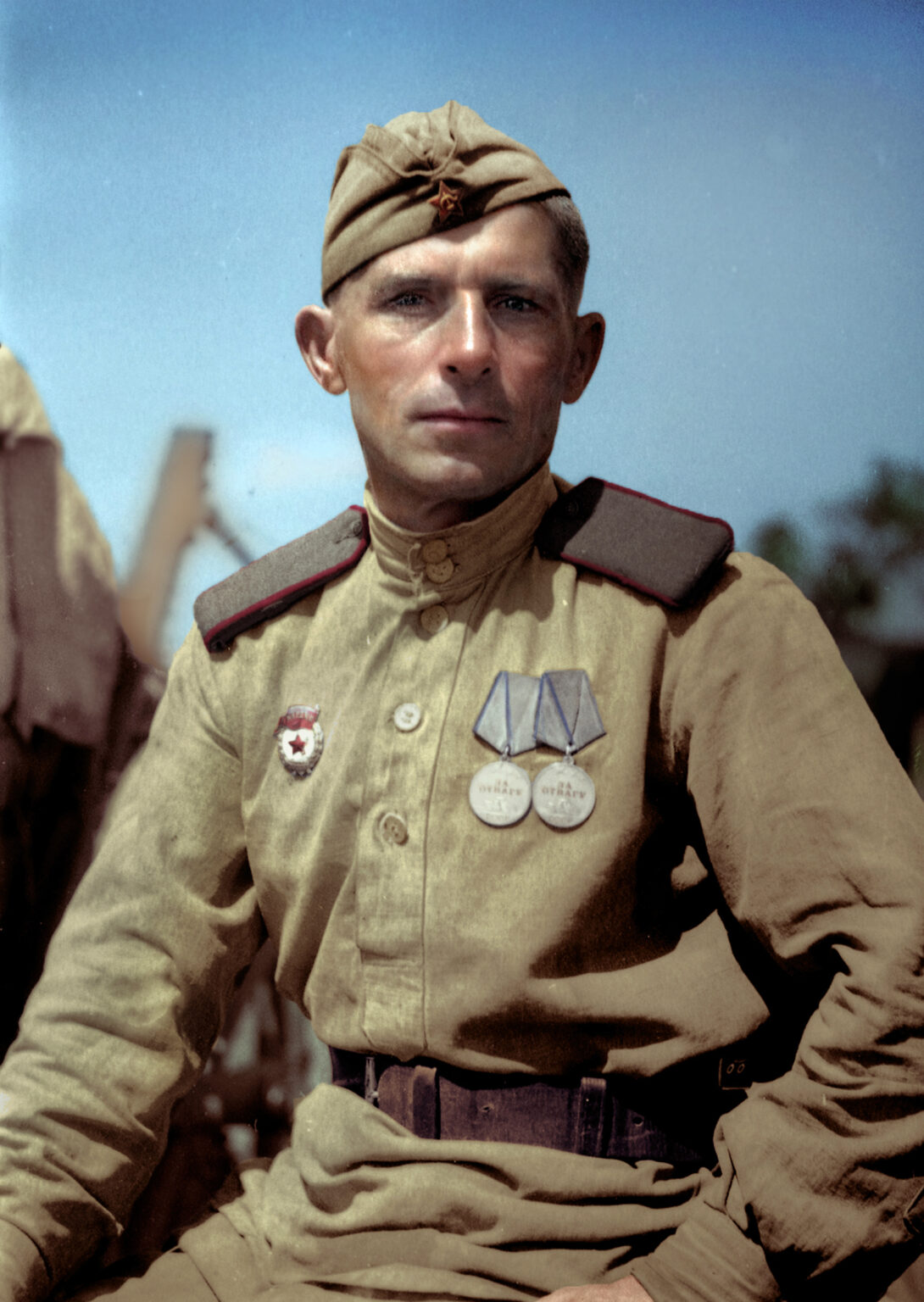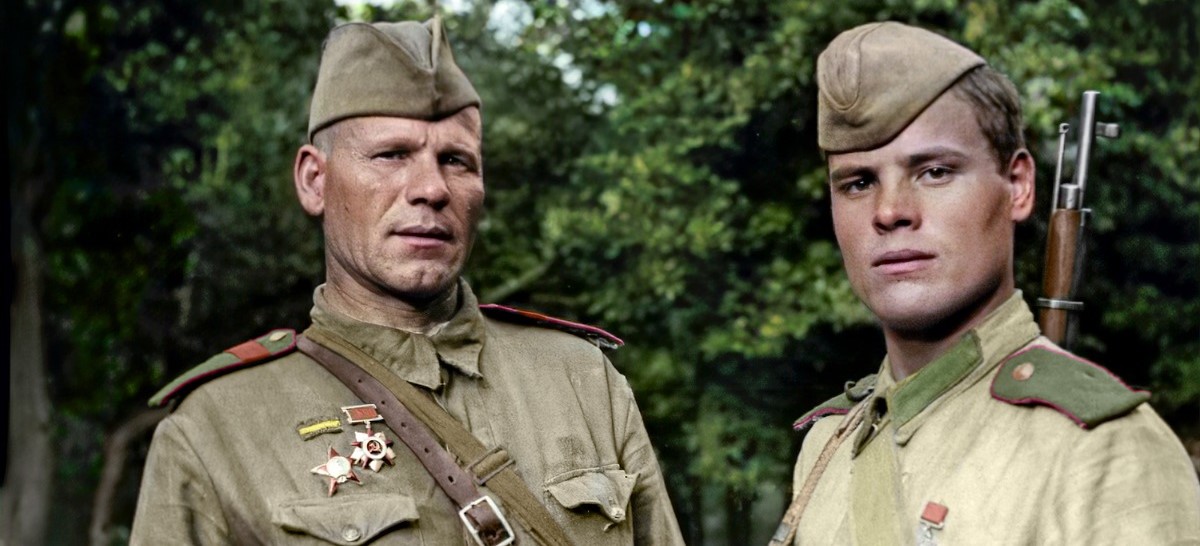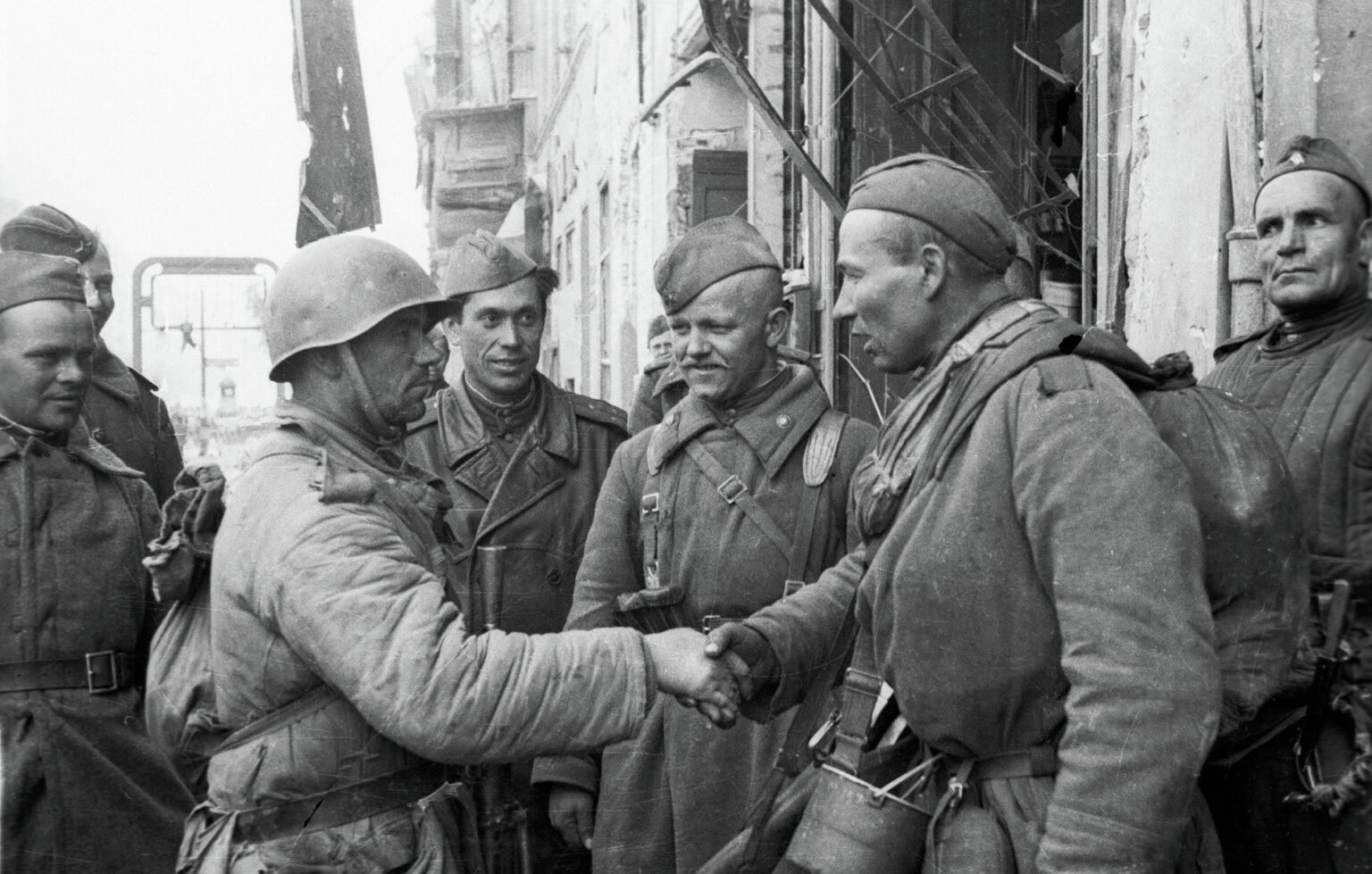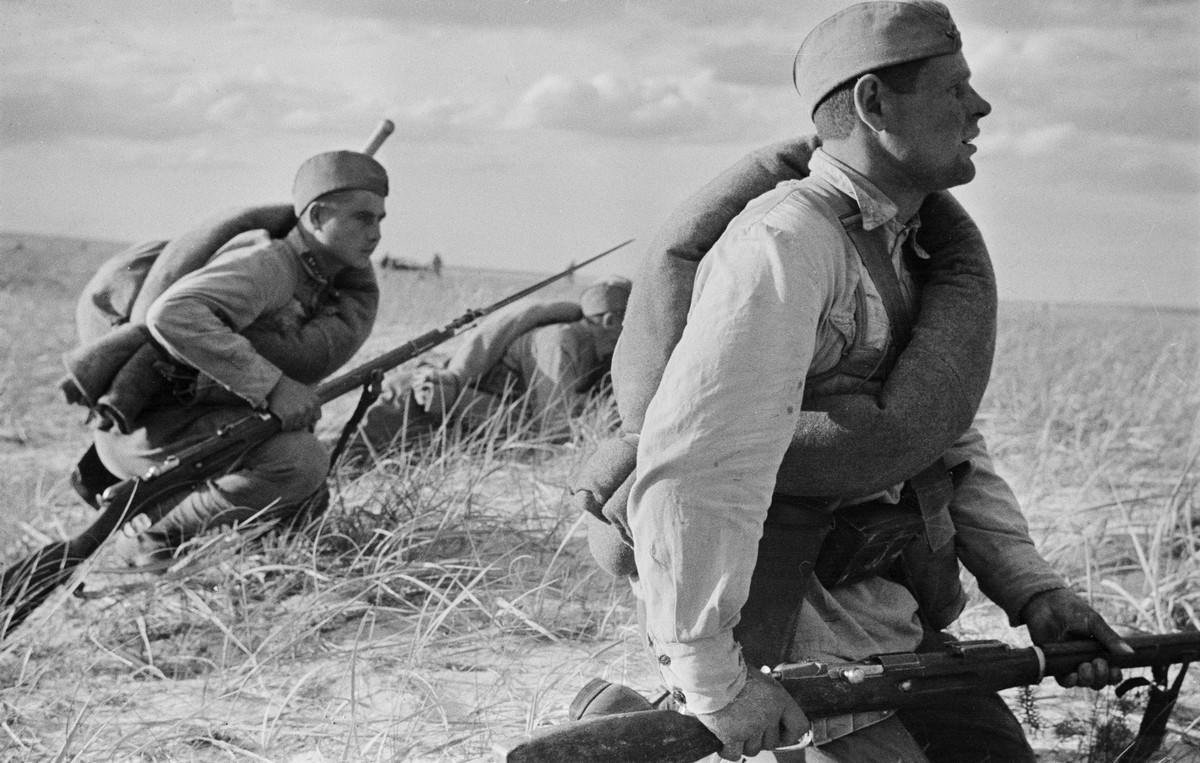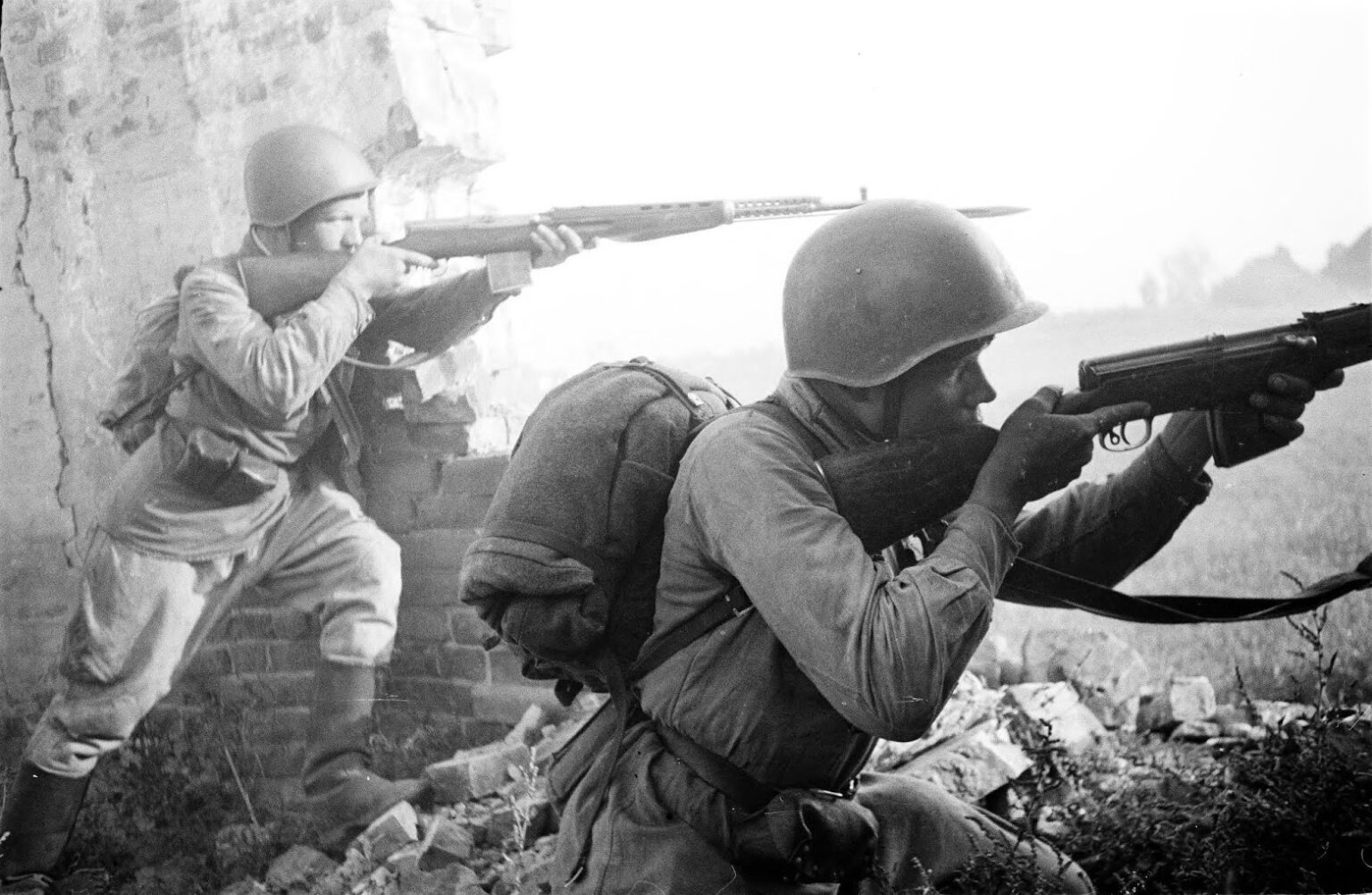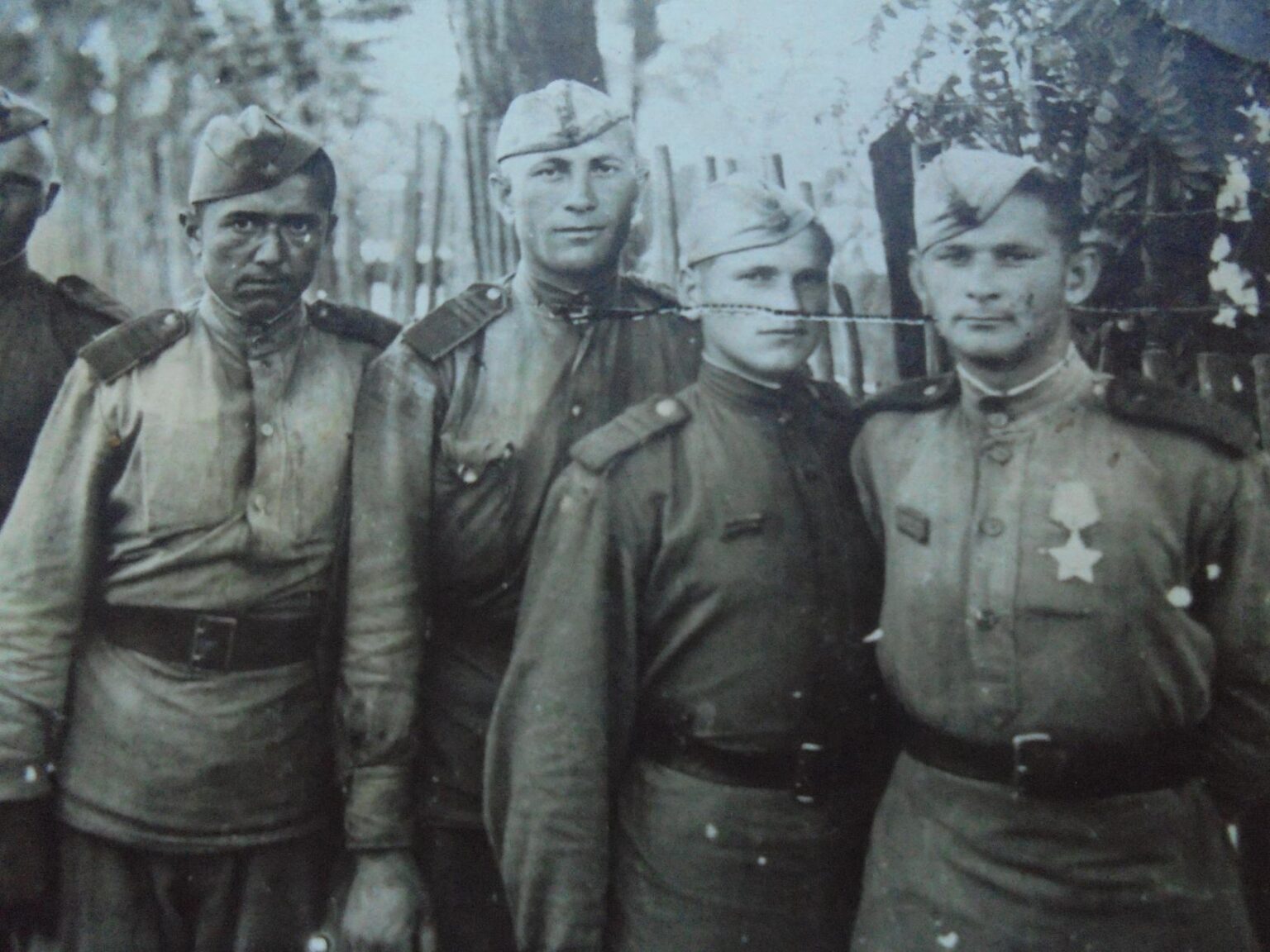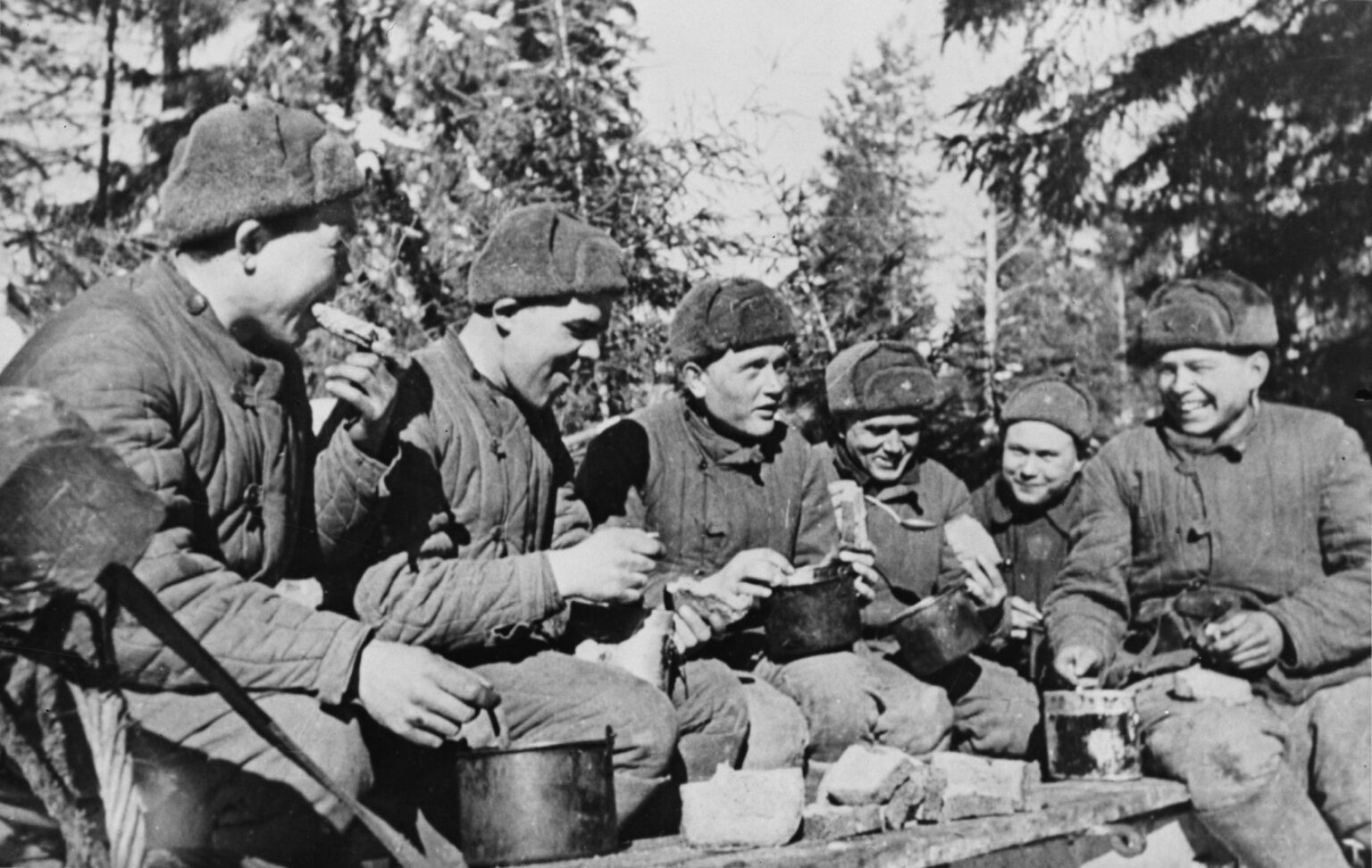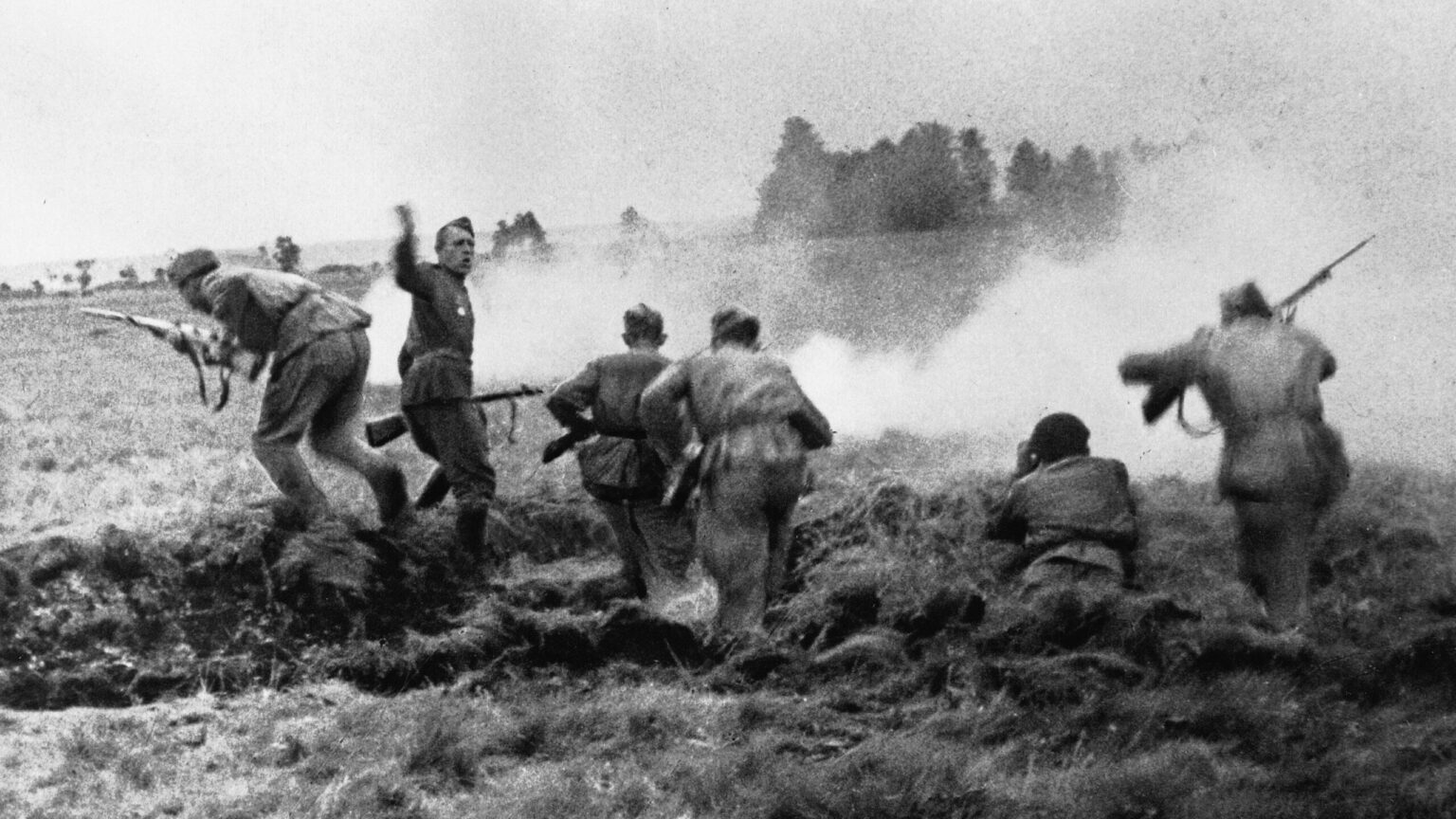By Donovan Grbic
“Why should you weather your items?” A common question asked by many reenactors, and in this article we will give our perspective on weathering/aging your uniforms and equipment for the Soviet soldier. Some things we cover can also be applied to other impressions. By no means is this something that is required or you must to do to attend an event as a Soviet. This guide is for those that want to put the extra amount of work they see fit adding to their impression; going the extra mile if you will. We hope you learn a few new things and encourage you to eventually experiment with your own ideas/methods for working on your uniforms and gear.
